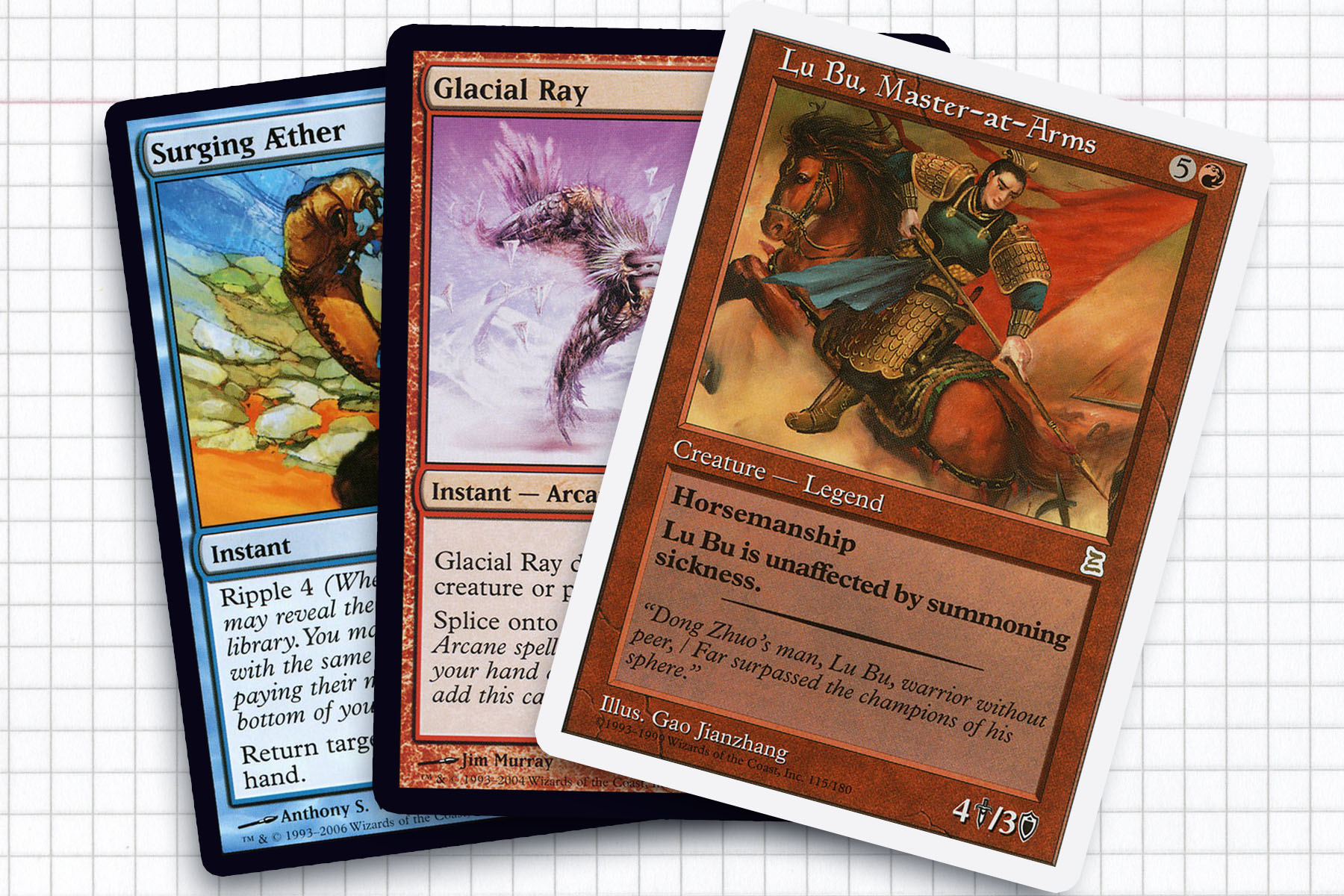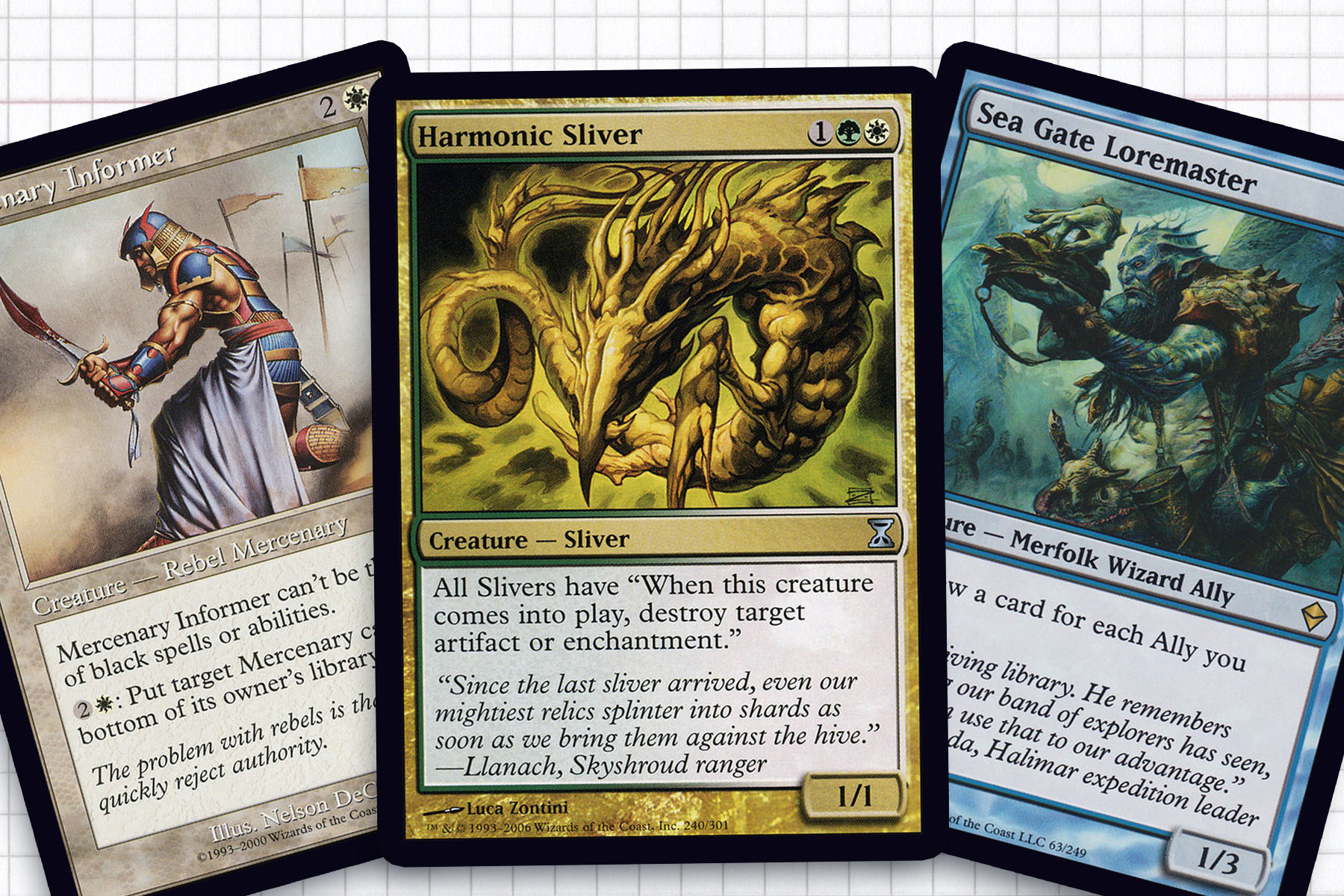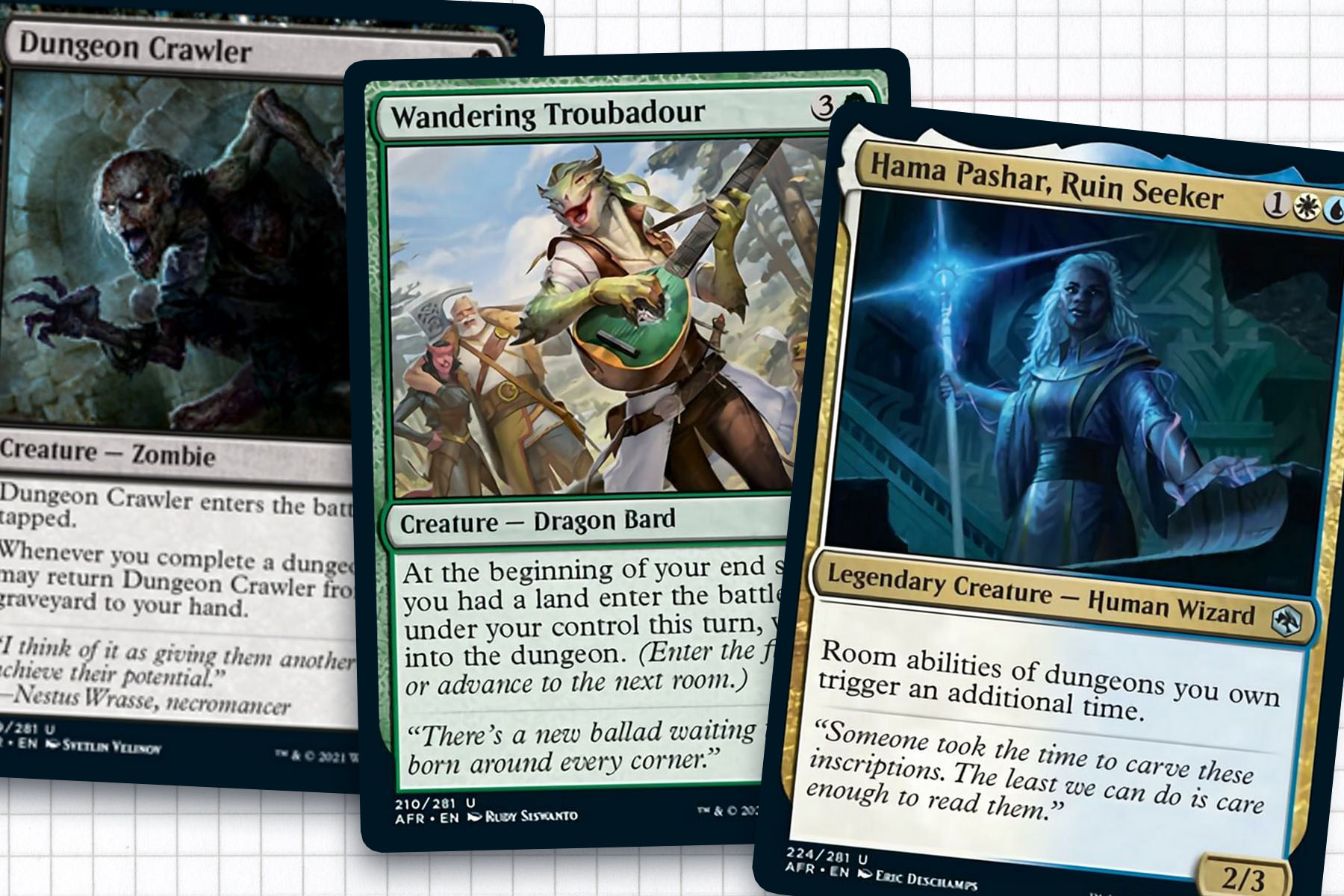What will hopefully be a huge milestone for Magic: the Gathering is finally here. The game I love is finally allowed to have Dungeons & Dragons play in its sandbox: Adventures in the Forgotten Realms is hitting shelves today. It comes to us at what I think is a perfect time, a Summer set that doesn’t need to draw an exceptional amount of attention but will lay the groundwork for what Standard looks like for the coming 18 months.
I have been a Magic player far more consistently than I have been a D&D party member, yet I don’t know that I could have believed this would ever happen. The set experiments in ways that I think are good for the game, as it allows Magic to not take itself too seriously and uses flavor words to help distort the line between flavor and function. But, I think it’s also healthy to bring a critical eye to the set as well, and I have at least one element of the set I’m not ready to embrace. This week, I wanted to take a look at venturing into the dungeon as a mechanic and question if it might fall prey to being a parasitic mechanic. To best contextualize this, I want to present my findings on the mechanics that have proven to be parasitic, before ultimately making my prediction on how dungeons will fare.
A “parasitic mechanic” is a term Wizards R&D uses to talk about how insular a mechanic is. A good way to identify a parasitic mechanic is when it uses or creates a resource found only in the set or block it is in. It’s important to not confuse it with a linear mechanic as well, such as tribal goblins or colorless-maters, which may play especially well with itself, but can take tools from just about any set in Magic.
Starting off, I want to make it clear that I don’t think being a parasitic mechanic invalidates any mechanic or that they are inherently bad for the game. As time goes on these kinds of mechanics are bound to crop up more and more as Wizards is currently crafting Standard in such a way that sets only draft with themselves, for about a 3-month period. This likely puts a reasonable amount of stress on either recycling old keywords or creating one with smaller scopes, that may only exist on a dozen cards and go completely forgotten in less than six months.

Developmental Growing Pains
Parasitic mechanics have existed for pretty much the entire history of the game, but one of the earliest notable mechanics I would define as parasitic is horsemanship. In Mark Rosewater’s words, horsemanship takes something very natural to the game—flying—and makes it parasitic. Coming out of Portal Three Kingdoms, for flavor reasons, flying was not a viable mechanic for the set. What this created was a subset of creatures that could only be blocked by their own subset of creatures. Say what you will about shadow, but at least it came with a drawback and allowed for the existence of Circle of Protection: Shadow.
Moving forward in time, I may speak excitedly about a return to Kamigawa, but it’s hard to not acknowledge that the original block had several parasitic mechanics. While I could pick on soulshift for having issues, I would consider splice onto arcane as it was printed to be the bigger offender, not playing well outside of its own environment. The issue as I see it is that by adding the caveat of a specific subset of spells to make the mechanic easier to develop; Wizards created a situation where the synergies the mechanic wanted to promote were not seen outside of the confines of Kamigawa. A redeeming quality in the legacy of splice is that Wizards has displayed some interest in opening up the design space as Modern Horizons brought splice back through Everdream and Splicer’s Skill. With more cards, hopefully it may one day become less parasitic.
Narrowing focus and pushing the footprint of a mechanic to nearly its limit, we have ripple, showing up on six cards in Coldsnap. Even having played Magic at the time, I have almost no experience with ripple outside of Thrumming Stone. The mechanic itself seems perfectly crafted to be used in a Limited format. Showing up on five commons and one rare, it asks you to internationally draft as many copies as you can reasonably find. But outside of that context, in constructed formats, there’s no reason to really believe that you’re going to benefit from the mechanic. All of these compounding issues meant that it was lost to time.
Finally, we move from a long forgotten mechanic to one that is reasonably popular. Infect, simply put, is very parasitic: decks are hard to make work when they aren’t all about it. In Commander, this point of view can be debated some, as Grafted Exoskeleton or Tainted Strike may remove a player with one swing. But the mechanic is always going to be hard to work around, because you’re playing with a resource that none of the other players at the table can reasonably interact with.

When Parasitic Stops Being Parasitic
Of course, while some keyworded abilities never take flight, like Ripple or Cohort, you will eventually find one that latches onto the community so well that it grows to no longer be so parasitic. The best example of this is Slivers, whose card pool was confined to 17 cards in Tempest block, expanded by 16 cards in Onslaught block, before reaching a critical mass with the addition of 45 cards in Time Spiral. This is helped by the fact that slivers inherently work as just creatures, such as Harmonic Sliver being a Reclamation Sage or Bonescythe Sliver being an Iroas’s Champion. And through slivers, I believe we have the perfect blueprint for how a mechanic can be left to wither away or fostered to grow.
Premiering two years after slivers, we have the notoriously obnoxious rebels. I have long considered rebels to be the most parasitic tribe to exist in Magic. And I say that as someone who would love to see them return. The linear gameplay of the tribe goes all the way back to the 2000 Standard format, where Lin Sivvi, Defiant Hero contorted the available card pool to dominate the format. Unfortunately, the tribe has remained hindered as Wizards doesn’t seem to want to being them back, last using the tribe in black border for the Time Spiral block, though they have been reprinted in Masters sets.
Of course, where rebels were left behind, I believe allies have been given the attention to help transition them out of being parasitic. The tribe played very well confined to their original printing in Zendikar block, but with only 31 cards in the card pool, the novelty wore off and they seemingly didn’t have the reach to remain relevant forever. As someone playing at the time, I believe the existence of changelings saved allies, especially in Commander, where a five color general was expected to make the tribe viable and cards like Chameleon Colossus, Changeling Titan, and Mirror Entity were filling in spots on the curve until Battle for Zendikar. One more installment with the tribe may be all it takes to solidify allies. It’s too bad they didn’t make the cut for Zendikar Rising, however.

Venturing into Predictions
Venturing into the dungeon is a mini game that allows for players to slowly make their way through a secondary space and accrue benefits based on the path they take, with the goal of completing the dungeon. In their premiere, we only have three dungeons that can be explored, and I think that that leaves a lot of space for players to create their own dungeons going forward. Which I think is a positive aspect of the mechanic.
But is venturing into the dungeon a parasitic mechanic? Well, on the surface it is a mechanic that uses or creates a resource found only in the set it is in. So, yes. But I think a better sign of how the mechanic fares in the large ecosystem of Magic is the footprint it has. The mechanic encompasses 36 cards, with 18 being repeatable effects, and seven of which are legendary. For a premiere, that is on the higher end of the mechanics I have discussed today. And I think having the half dozen legendary creatures that care about dungeons gives it a foothold in Commander that might be the saving grace allowing the mechanic to at least retain notoriety after it rotates out of Standard.
Barring a return to the Forgotten Realms, in five years, I believe dungeons will have a similar presence in casual Magic as infect or allies. It will be a known quantity for players, but something that is either a one-of effect or the entire purpose of the deck. I don’t feel it believe that it will exist in competitive Magic—whatever that might mean in five years. Then again, it is a mechanic from a Summer set that doesn’t need to draw an exceptional amount of attention. Thanks for reading.
Ryan Sainio is a Graphic Designer who writes about EDH and the EDH community. He has been playing Magic: the Gathering since 7th Edition in 2002 and values flavorful and fun gameplay over competitively optimized decks.

